For Robert McGrath, the CSO is Already Home
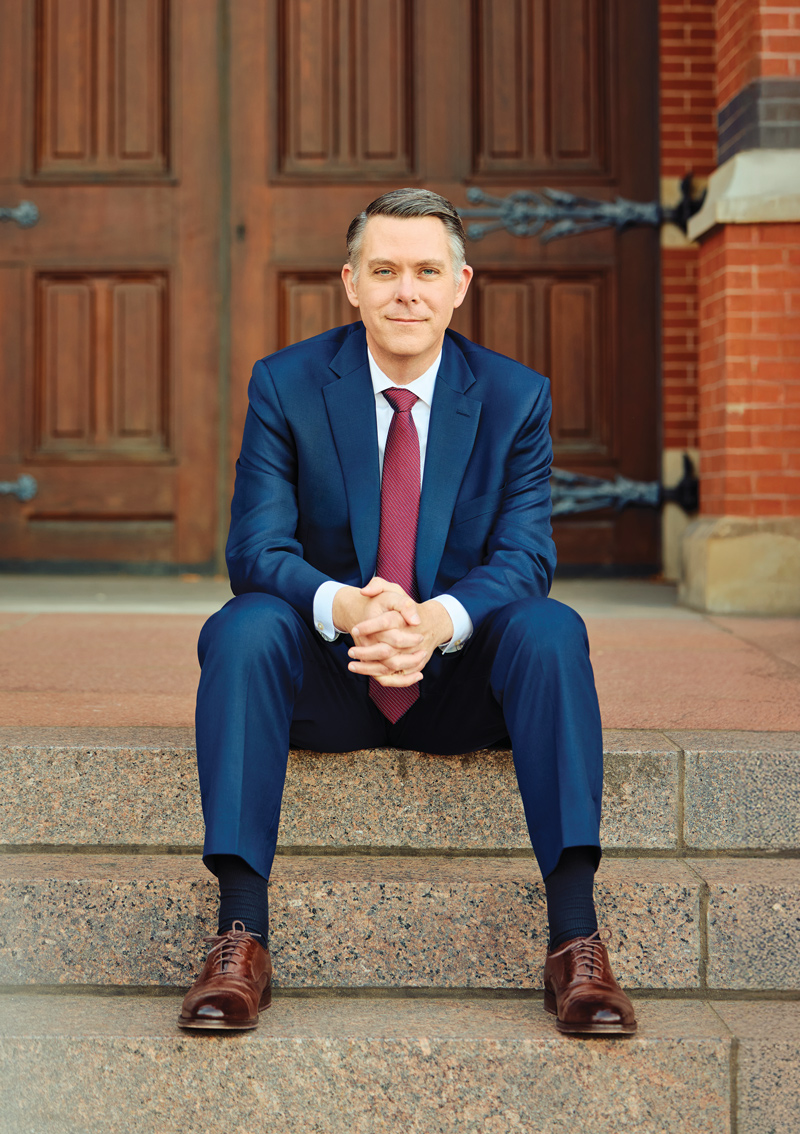
by Hannah Edgar
Even before becoming the organization’s new President and CEO in February, Robert McGrath had already left an outsize mark on the Cincinnati Symphony Orchestra. If you have enjoyed the most recent renovation of Music Hall, heard concerts conducted by Louis Langrée and Cristian Mӑcelaru, watched livestream concerts, heard pieces commissioned by the Fanfare Project during Covid-19, attended a CSO Proof concert, or seen CSO/CCM Diversity Fellows perform onstage, then you’ve felt McGrath’s impact firsthand — first as its Vice President and General Manager, then as its Chief Operating Officer. He was a lead voice for all of those projects, and he served on both Langrée’s and Mӑcelaru’s search committees.
But McGrath is just getting started.
“Over the last decade, I have been fortunate to form important relationships, particularly within the Orchestra and on our Board, as well as with many of our major donors. But, in a way, I need to reintroduce myself in this new capacity, not only internally but also to our community,” McGrath says. “My first 90 days as President and CEO are going to be spent doing exactly that.”
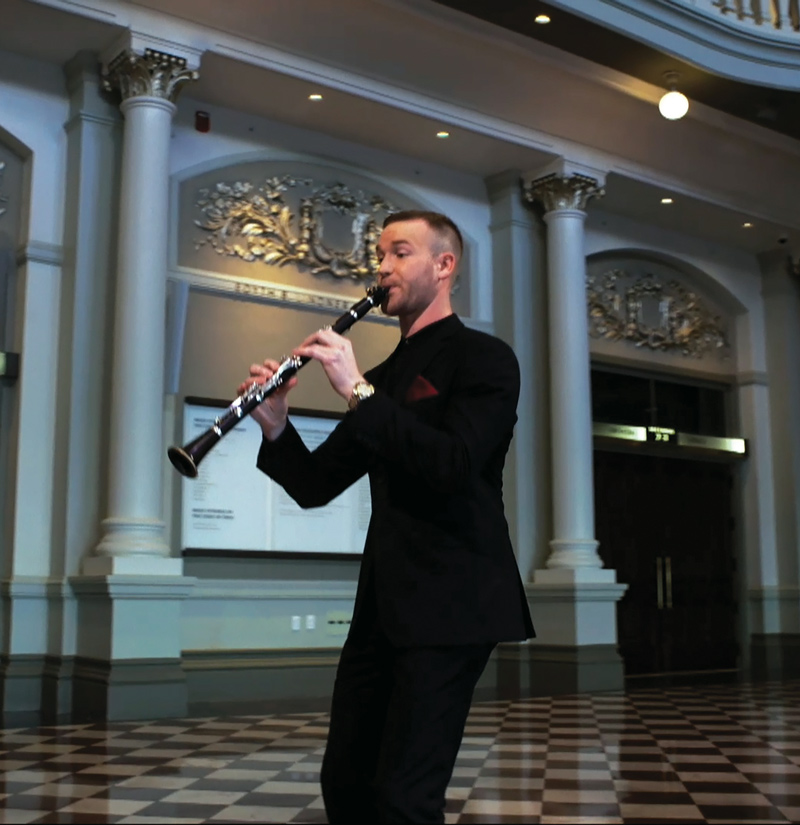
As a kid, McGrath dreamed of leading an orchestra — just not quite in the way he does now. He grew up shadow-conducting to his father’s Time Life recordings of orchestral masterworks. Piano lessons followed, then, when he was old enough, band class in Texas’ legendary public-school music curriculum. A classroom personality test matched him with the bassoon, and it was happily ever after — for a while.
He had second thoughts that began to emerge during, of all things, his college graduation ceremony. He was about to walk across the stage to collect a degree in bassoon performance from the prestigious, hyper-selective New England Conservatory. The commencement speaker that year was Mark Volpe, then the new president of the Boston Symphony Orchestra. As Volpe described his work, McGrath was transfixed. Prior to that, he didn’t even know orchestra management “was a thing.”
“I learned that I loved music more than the bassoon,” McGrath recalls.
The dominoes tumbled quickly after that. After graduation, McGrath followed Volpe to the BSO, working as its major gifts coordinator. A year-long League of American Orchestras fellowship offered him short placements at the Aspen Music Festival, the Pacific Symphony in Orange County, Calif., the Richmond Symphony and the Chicago Symphony. He ended up settling in the last city, pivoting to artistic production and general management in a role at Chicago’s Music of the Baroque. Positions in Louisville and St. Louis followed, before his arrival at the CSO in 2011.
At the C-suite level, orchestra executives tend to move laterally, trading the top desk at one major orchestra for another. McGrath’s trajectory — sticking with the organization for more than a decade before rising to President and CEO — stands out amid industry-wide musical chairs. The “culture of the organization,” he says, is what hooked him for good. He also credits his two predecessors, Trey Devey and Jonathan Martin, and the Orchestra Board with teeing up a healthy “financial foundation” for the Orchestra that makes his job a whole lot easier.
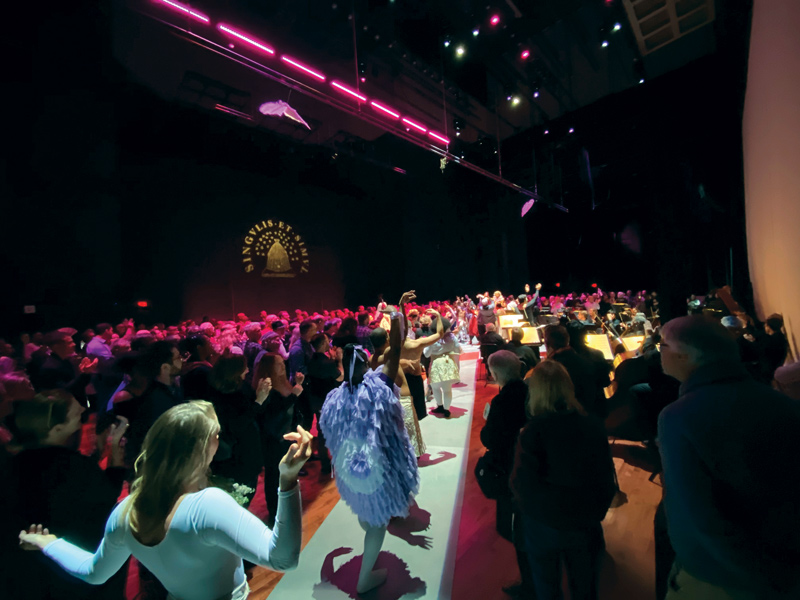
“This is an organization that has always been determined for greatness, with an appetite for innovation in its DNA,” McGrath says. “And this has always been a Board that has made long-term, generational strategic investments.”
It’s paying off.
The organization is breaking long-held notions of what an orchestral experience is like through CSO Proof, which McGrath oversaw and implemented. The series, with 10 installments so far, invites audiences to witness the test run of new and innovative concert formats — hence, “proof of concept.” That could include a choreographer’s neon-lit ramble through Havana (2023’s “Surrealist el Tropical”), an immersive, audiovisual reimagining of Vivaldi’s Four Seasons (2021’s “ANNO”), or a mashup between Baroque music and ballroom voguing (2020’s “Singulis et Simul”). And while the classical music industry frets over declining subscription sales, he helped inaugurate the CSO’s HarmonyPass, a new membership model that costs buyers just $10.99 a month for last-minute tickets. Some 350 patrons have signed up in recent months, and early data show that the program is incentivizing return visits. Not bad for something the price of a streaming subscription.
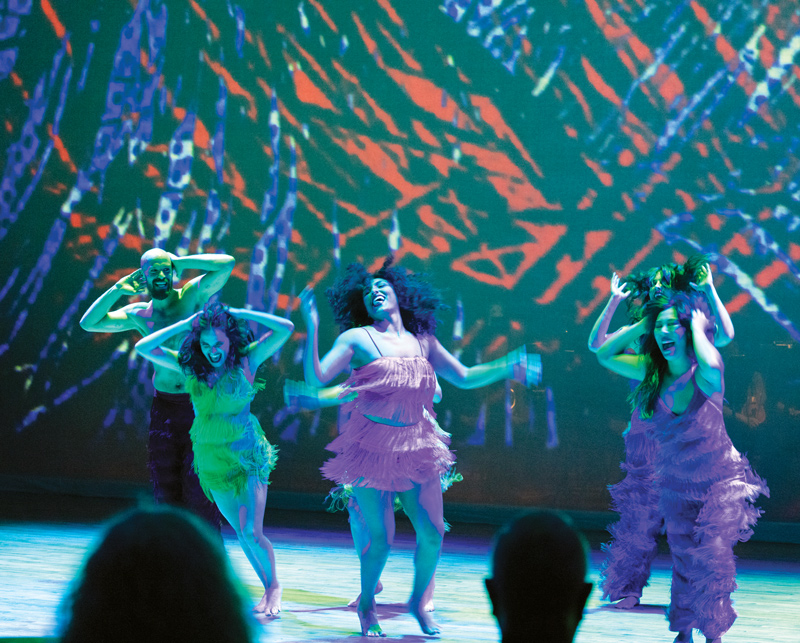
Still, some of McGrath’s most notable successes have been behind the scenes. He has been instrumental in contributing to 13 consecutive years of balanced operating budgets — exceedingly rare in the nonprofit arts world. He’s also negotiated every collective bargaining agreement with the CSO since he joined the organization. He’s no master negotiator, he insists, noting, “You just have to go into those conversations with an established relationship. [That way], there’s trust that the organization cares about all the operational issues, personnel issues, morale issues and artistic issues that affect the Orchestra on a day-to-day basis.”
Take, for example, the audition and tenure process. The CSO became the first major American orchestra to adopt all recommendations by the Black Orchestral Network toward making the tenure process more equitable for orchestra members. The CSO adopted BON’s recommendations in last year’s agreement, improving probationary musician feedback and preventing conflicts of interest in auditions and tenure reviews, among other provisions.
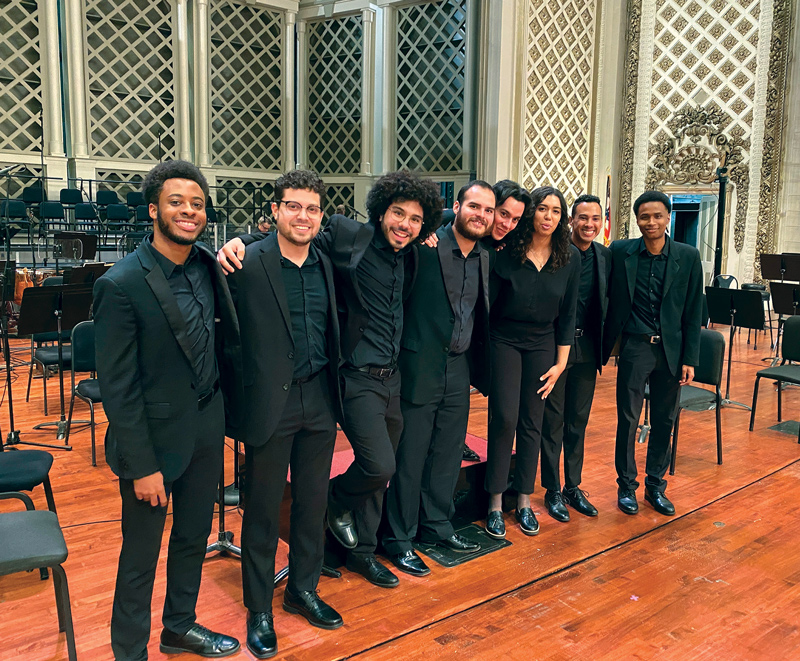
This is just the beginning. What McGrath has been able to accomplish over the last decade is but a glimpse of what’s to come under his leadership as President and CEO.
“We take our vision very seriously. In order to be ‘the most relevant orchestra in America,’ we have to first be relevant to the everyday lives of people in our own community of Cincinnati. This is very important to us, and I am excited for what the future will bring.”